A few weeks ago I attended the Red Hat EMEA Partner Conference for the first time. The Red Hat Conference took place in Prague from June 25th to 27th. If you are interested in Open Source technologies and in Red Hat, feel free to read this personal feedback on trends at Red Hat and in the IT sector.
Stronger Together!
Representing dbi services at the Partner Conference in Prague was a great opportunity for us as a Red Hat Advanced Partner.
About 850 people attended this amusing event! Interactions with the Red Hat Community were very interesting and relaxed. Is it because of the Open Source atmosphere? The organization, catering, and location were great also! Many thanks to the organizers !
Also a sincere thank you to all Swiss Red Hat and Tech Data contacts at the event for welcoming and assisting Swiss Partners during the 3 days. Everything went extremely professional thanks to Leonard Bodmer (Country Manager Red Hat Switzerland), Richard Zobrist (Head of Partner & Alliances Red Hat), Maja Zurovec (Account Manager Partner & Alliances Red Hat), Sandra Maria Sigrist (Tech Data), and Daria Stempkowski (Tech Data). Many thanks to all of you, also for the warm and relaxed evening at Villa Richter at the foot of Prague’s castle !
We are Stronger Together!
All about automation, integration, hybrid cloud, and multi-cloud
With this 3 days Partner Conference, Red Hat proposed a bride agenda of Breakouts, Exams, Hackathon, Keynotes, Labs, and an Open Innovation Lab. I mostly attended sessions where Red Hat partners and customers had the opportunity to give feedbacks on their experience with Red Hat products. Some of the sessions and keynotes were remarkable.
Red Hat Middleware Roadmap
The “Red Hat Middleware Roadmap” sessions (Part 1 & 2) with Rich Sharpels were a good opportunity to learn more about productivity (automation, integration, runtimes), reliability (security, reduced complexity), and flexibility (containers for scaling, cloud, hybrid-cloud, multi-cloud) with OpenShift. With these 2 presentations you also got informed on the iPaaS which is a new private integration Platform-as-a-Service offering to provide cloud-based services for application integration and messaging. The goal is here to strengthen collaboration within the business teams (devOps) thanks to Managed Integration + OpenShift Dedicated. Rich Sharpels summarizes the benefits of the iPaaS with: “cloud services and packages where customers don’t have to administrate anything!”
Ansible Partner Enablement Offerings
Günter Herold from Red Hat and Daniel Knözinger from Open Networks Austria held the session “Ansible Partner Enablement Offerings”. This session was focusing on advantages of automating tasks with Ansible for reducing mistakes, errors, and complexity because “Ansible is the universal language for the whole IT team”. With Ansible, “start small and develop” .
Best Practices for Working with Red Hat Support
Who wanted to get informed on “Best Practices for Working with Red Hat Support” attended the session with Caroline Baillargeon, Leona Meeks, and Peter Jakobs from Red Hat. This presentation gave the opportunity to learn and discuss on:
- The Customer Portal which is said to be “full of information and best practices that could be useful before opening and escalating issues”. For example, should you search for information on Ansible, have a look at this page
- The TSAnet Connect where answers for multi IT solutions are centralized
- The Case Management Tool for sharing the open source spirit and to be part of the community (example)
- Tips to work efficiently with the Red Hat support:
1. “Make sure the customer is registered on the correct time zone”
2. “To get 7×24 support, a Premium Support subscription is needed”
3. “in case the answer on an issue is not appropriate, use the escalation button”
4. “contact Red Hat to get access to the trainings that also the Red Hat engineers follow for technical problem solving”
While keeping the end customer’s satisfaction in mind, this session could probably be best summarized with “why not contributing and sharing knowledge within the Red Hat community ?”
Keynotes
Keynotes mainly concentrated on “marketing topics” that aim at boosting partner engagement, but still interesting, in particular:
- “The Killer App in digital transformation is human connection” with Margaret Dawson on collaborating within the community
- “Open Hybrid Cloud Ecosystems: Bold Goals for Tomorrow” with Lars Herrmann on innovations that have been considered impossible. In short, “if you think it is impossible, just do it”, so develop cloud, hybrid cloud and multi-cloud opportunities…
On Red Hat’s and Partner’s booths at the Congress Center
Besides sessions and presentations, lots of interesting technical booths at the Congress Center Prague did promote the work of the Red Hat engineers within the Open Source community. In particular I spent some time with Romain Pelisse (Red Hat Berlin) and Robert Zahradnícek (Red Hat Brno) to let me explain how they work and what are the trends in their areas. Of course we did speak about automation and integration, and about findings that are developed within the open source community first, before getting implemented in Red Hat solutions.
Last but not least, some Red Hat partners were present with a booth to promote their activities and products during the conference, among which Tech Data and Arrows ECS which are well know at dbi services.
What to take from the Red Hat EMEA Conference?
On Red Hat and the Conference
At the end of the day, the keywords from the Red Hat EMEA Conference were probably not that far from the keywords you would get from other technology conferences. Concepts and products like “automation”, “integration”, “Ansible”, or “OpenShift” are means to get companies into the cloud. But why not? The trend into the cloud is getting more and more clear as it now makes sense for lots of projects at least for Disaster Recovery, Test and Development in the cloud.
If private cloud, hybrid cloud, or multi-cloud is not the topic at Red Hat. Their solutions are agnostic. And Red Hat’s strategy is clearly based on a strong commitment to open source. It’s all about “products” (not projects), “collaboration”, “community”, and “customer success”.
On Open Source trends and strategy
Now you may ask why subscribing to Red Hat’s products and support? Sure, with Ansible and other Open Source products you can easily “start small and develop”. Therefore the community version may fit. But what if you go in production? The more and the bigger the projects will become, the more you will need support. And to subscribe will probably make sense.
Then don’t forget that Open Source is not for free. That you go for community or enterprise Open Source makes no difference, at the end you will need to invest at least in time and knowledge. And, depending on the situation, you may subscribe in products and support. If you don’t know where to start, ask dbi services for Open Source expertise.
Looking forward to reading your comments.
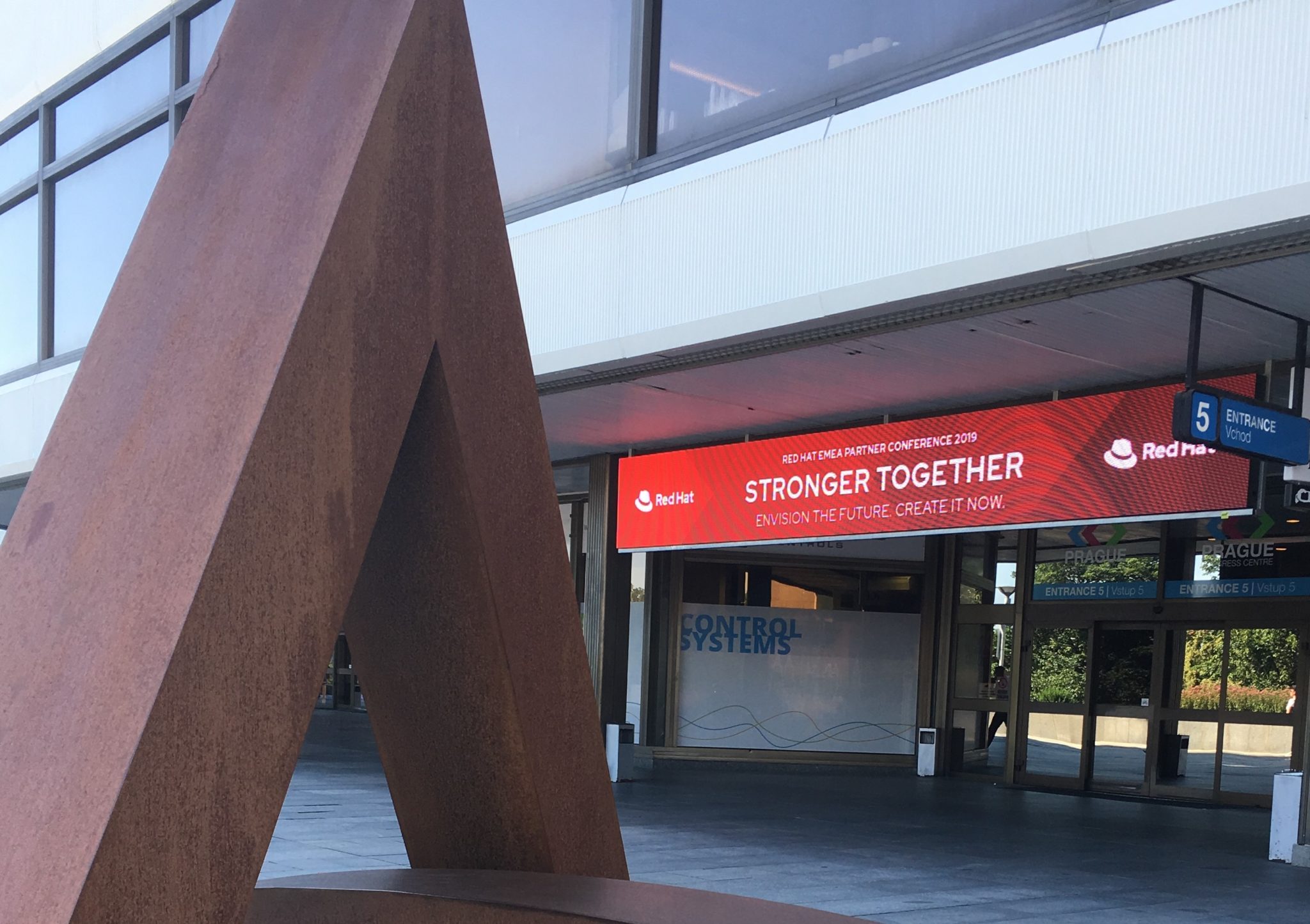
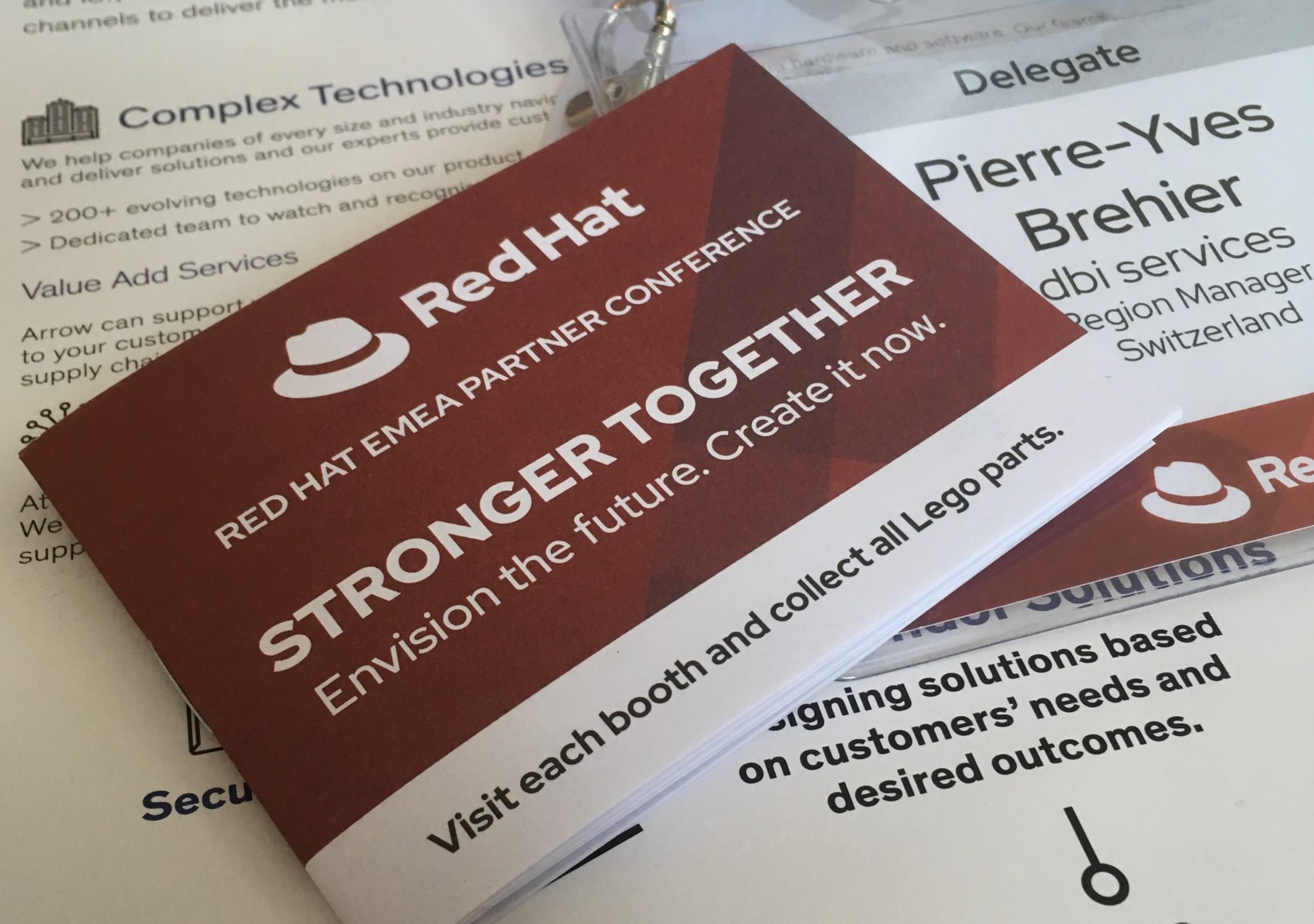
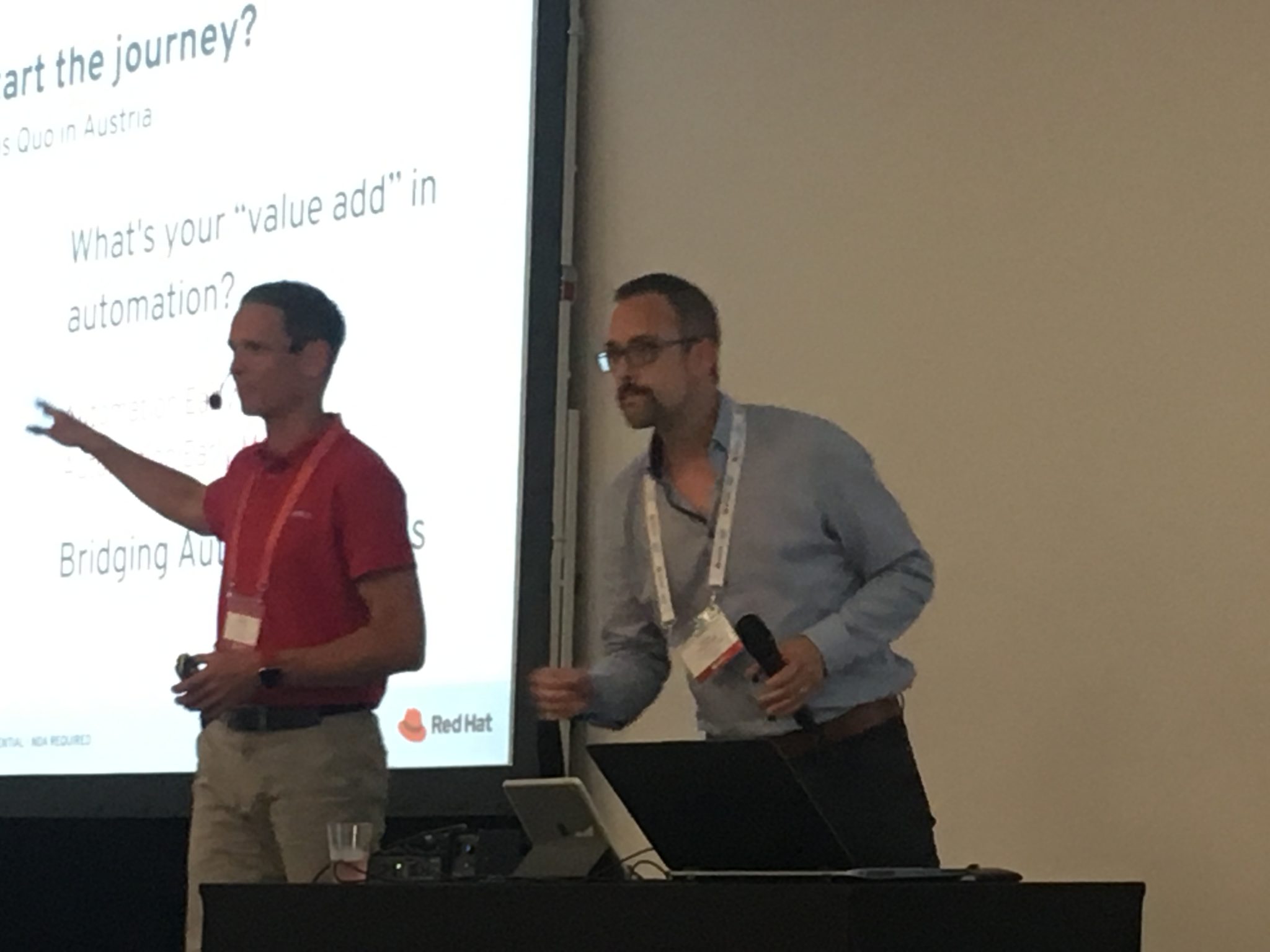
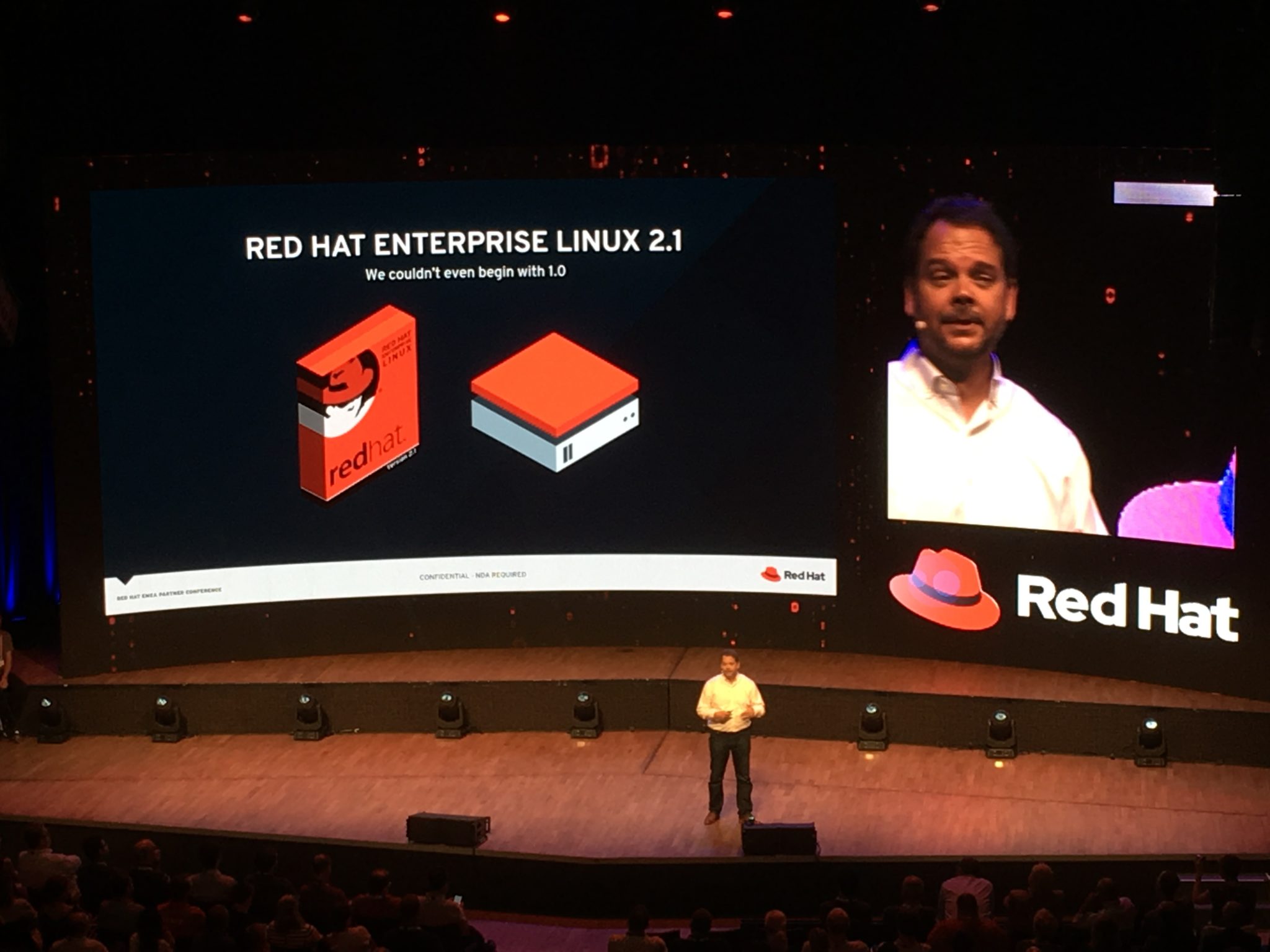
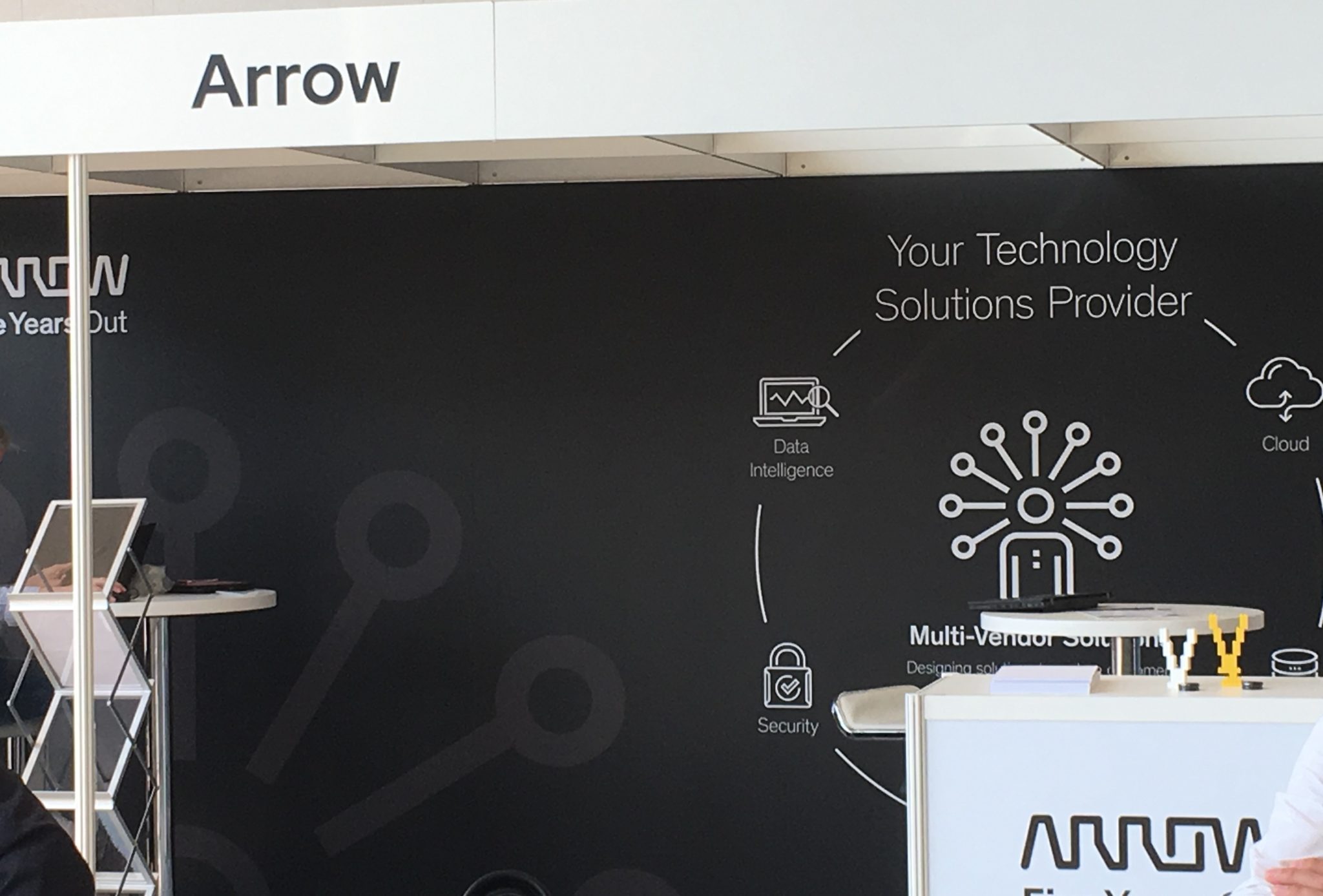
![Thumbnail [60x60]](https://www.dbi-services.com/blog/wp-content/uploads/2022/08/PYB_web-min-scaled.jpg)
![Thumbnail [90x90]](https://www.dbi-services.com/blog/wp-content/uploads/2022/08/DWE_web-min-scaled.jpg)
![Thumbnail [90x90]](https://www.dbi-services.com/blog/wp-content/uploads/2022/08/OLS_web-min-scaled.jpg)